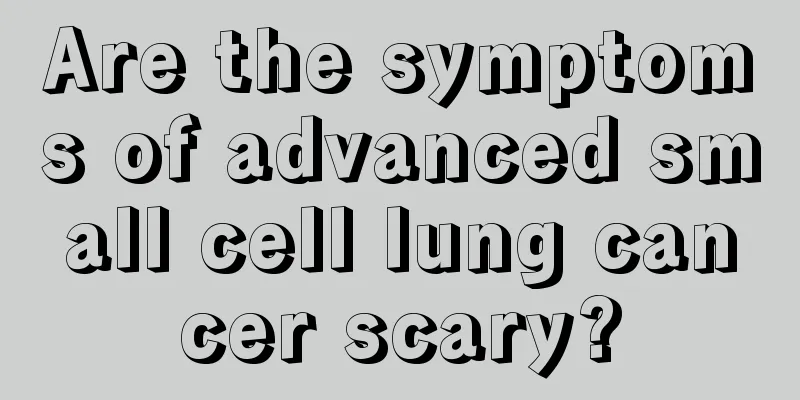Diagnostic criteria and methods for aplastic anemia

|
The diagnosis of aplastic anemia is very important, because only by paying attention to the diagnosis can symptomatic treatment and countermeasures be taken, which include blood and bone marrow examinations. These methods can clearly diagnose the condition and provide scientific treatment. (1) Blood picture 1. White blood cells and classification: White blood cells are mostly <2×10^9/L; neutrophils are ≤0.05×10^9/L, and the proportion of lymphocytes is significantly increased. 2. Hemoglobin and red blood cells: normochromic normocytic anemia. Although the patient's hemoglobin level increased after massive blood transfusion, it was short-lived and dropped quickly. 3. Reticulocytes: The value of reticulocytes in peripheral blood can reflect the red blood cell production function of bone marrow, which is of great significance for the diagnosis of aplastic anemia and observation of treatment response. In acute type, the reticulocyte count can be as low as 0, and in most cases it is below 0.5%. 4. Platelets: Most are below 15×10^9/L. (2) Bone marrow image ① Hyperplasia in multiple parts is reduced or severely reduced, with a significant decrease in granulocytes and erythrocytes and a relative increase in lymphocytes. ② The granulocyte lineage is reduced with mature granulocytes being the main ones. ③ The red blood cell system is reduced and the proportion decreases, with late immature red blood cells - "carbon nuclei" being the main ones, and there is no obvious change in the morphology of mature red blood cells. ④ The proportion of plasma cells, tissue alkali cells, and histiocytes increased. ⑤Megakaryocytes cannot be found in the bone marrow of the vast majority of patients. (3) Diagnostic criteria Domestic diagnostic criteria for acute aplastic anemia (also known as SAA-I type): ⑴Clinical manifestations: acute onset, progressive aggravation of anemia; often accompanied by severe infection and internal bleeding. ⑵ Blood picture: In addition to a rapid decrease in hemoglobin, two of the following items must be present: ① Reticulocytes are less than 1%, and the absolute value is less than 15×10^9/L; ② The white blood cell count is significantly reduced, and the absolute value of neutrophils is less than 0.5×10^9/L; ③Platelet count is less than 20×10^9/L. ⑶ Bone marrow image: ① Hyperplasia in multiple parts decreased, the three lineages of hematopoietic cells decreased significantly, and the non-hematopoietic cells increased. If the proliferation is active, there must be an increase in lymphocytes; ② The number of non-hematopoietic cells and adipocytes in the bone marrow granules increases. |
<<: What is the effective treatment for tuberculosis?
>>: What is the survival rate of aplastic anemia
Recommend
Detailed explanation of TC chemotherapy regimen for breast cancer
According to your question, the TC regimen for br...
The role of plasma transfusion
With the development of medical technology, there...
Prevention of spring flu, pay attention to daily life
Spring is the season when influenza breaks out. R...
What causes thyroid cancer
What causes thyroid cancer? Although most people ...
How much does it cost to treat advanced liver cancer
How much does it cost to treat advanced liver can...
What are the drugs for early stage kidney cancer?
Most people get nervous when they hear the word k...
What does pd1 mean
PD-1 is an important protein in the immune system...
Chest tightness, shortness of breath, dizziness, smoking
Although cigarettes are a substance that has a ce...
What are the causes of gastrointestinal disorders?
Gastrointestinal dysfunction is a common disease ...
Muscle contraction ability refers to
The ability of muscles to contract is relatively ...
The first "Bladder Cancer Alliance" draws attention to a comprehensive analysis of bladder cancer
With the development of society and the improveme...
The role of cardiotonic drugs_What are cardiotonic drugs
Most people are familiar with cardiotonic drugs. ...
Indoor formaldehyde detection, the on-site detection process is like this
Pollution is inevitable during the decoration pro...
Can Nexavar cure liver cancer? No, it requires comprehensive treatment
Can Nexavar cure liver cancer? It is difficult to...
Pepper white spot disease
Pepper white spot disease is a disease of pepper....









